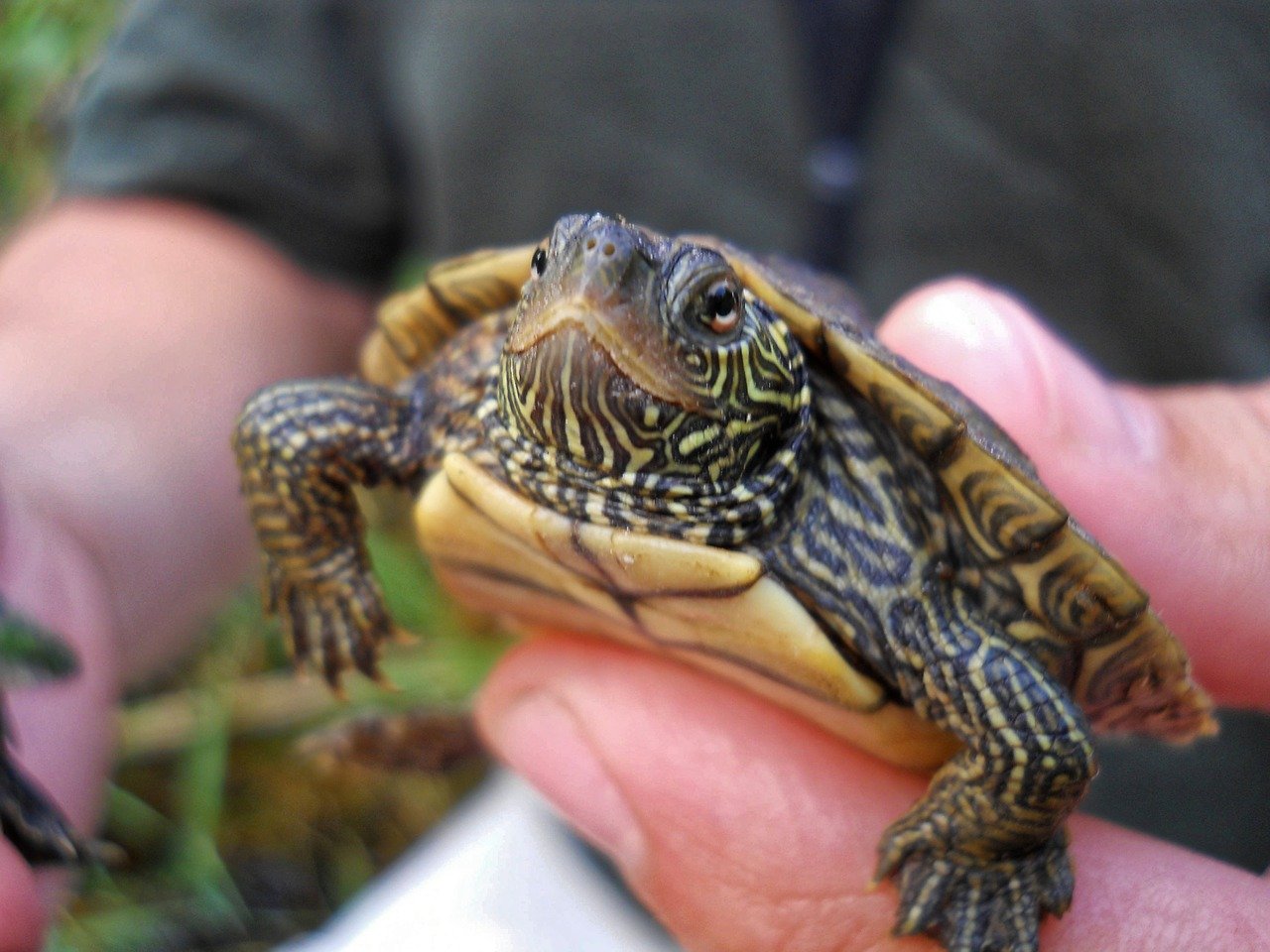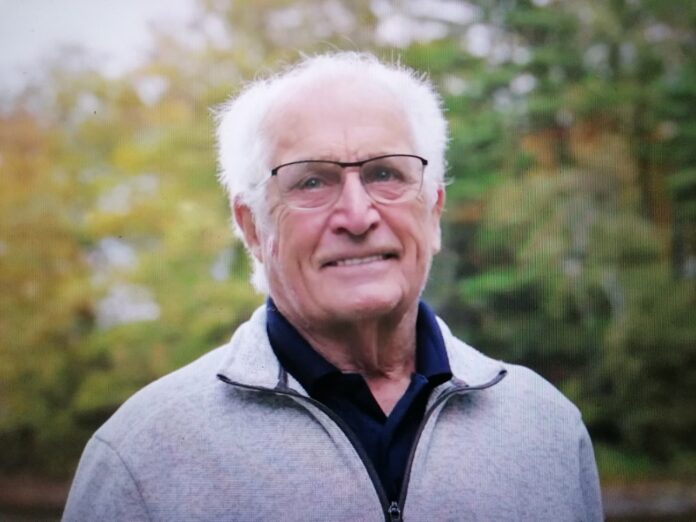Which relationship can bind an entrepreneur to an island? There are those who have created an island from scratch with the project of turning it into a tourist empire: this is the case of Giorgio Rosa, designer and builder of the island of Roses, a floating platform installed off the coast of Romagna at the height of the ‘68 revolution.
It was a visionary and utopian project, unfortunately without a happy ending, from which the entrepreneur hoped to obtain gains and success.
Thor Vikström and Île Ronde
What did Thor Vikström want to gain when he decided to buy Île Ronde? Nothing, at least in economic terms. Ninety-three years old of Swedish origin, in 1962 Thor moved with his family to Canada, where he founded a company in the plumbing industry and became a successful entrepreneur. On the opposite shore there was Île Ronde.
It is a small island of about 3 hectares in the middle of the Rivière des Prairies, a river in Quebec, on the outskirts of Montreal. A place that has remained uncontaminated within a context that over the decades has been heavily anthropized and cemented. In fact, the island is a precious treasure of biodiversity: there is a favorable habitat for water birds, fish, and endangered species such as geographic map turtles or the imposing and long-lived deciduous trees called “shagbark”.
Thor was so fascinated by the beauty of the small island that he convinced the owner of the time to sell it to him.
Privatization as protection
It is strange to think that an area of such naturalistic interest could be sold to a private individual. In truth, it is not a strange thing since in Canada, there are 149 islands for sale. The beauty of nature should be enjoyed by all, but if the goals of the purchase become protection and conservation, privatization can only be a good thing.
This was precisely the purpose of the purchase of Thor: to preserve and protect this small paradise from the cementification of the developers who over the years have knocked on the island’s door. His promise has been kept. Today the island is intact as it was when the entrepreneur bought it fifty years ago, with the exception of the little houses he built for the birds.
A legacy for future generations
“What happens after my children are gone?” Thor recently asked himself. The future safety of the small island is in jeopardy because of the risk of anthropization as much as of flooding. For this reason, the entrepreneur has decided to donate the island to The Nature Conservancy of Canada (NCC). This non-profit organization for land conservation will preserve this precious heritage for future generations.
“There is no value for nature”: according to Thor Vikstrom, this is the value of Île Ronde.
Quale rapporto può legare un imprenditore a un’isola? c’è chi ha un’isola l’ha creata da zero con il progetto di farne un impero turistico: è il caso di Giorgio Rosa, progettista e costruttore dell’isola delle Rose, una piattaforma galleggiante installata al largo della costa romagnola nel pieno della rivoluzione sessantottina. Un progetto visionario e utopico, purtroppo senza lieto fine, da cui l’imprenditore sperava di ottenere guadagni e successo.
Thor Vikström e l’Île Ronde
Cosa voleva guadagnare Thor Vikström quando ha deciso di acquistare l’Île Ronde? nulla, almeno in termini economici. Novantatreenne di origini svedesi, nel 1962 Thor si è trasferito con la famiglia in Canada, dove ha fondato un’azienda nell’industria idraulica ed è diventato un imprenditore di successo. Sulla sponda opposta a quella dove Thor aveva costruito la sua casa, si stagliava l’Île Ronde.

Si tratta di un’isoletta di circa 3 ettari al centro della Rivière des Prairies, un fiume del Quebec, alla periferia di Montreal. Un posto rimasto incontaminato all’interno di un contesto che nel corso dei decenni è stato fortemente antropizzato e cementificato. L’isola è infatti un prezioso scrigno di biodiversità: vi trovano un habitat favorevole uccelli acquatici, pesci e specie a rischio estinzione come le tartarughe a mappa geografica o gli imponenti e longevi alberi caducifoglie chiamati “shagbark”.
Thor rimase così affascinato dalla bellezza dell’isolotto da convincere il proprietario dell’epoca a vendergliela.
La privatizzazione come tutela
È strano pensare che un’area di tale interesse naturalistico possa essere venduta a un privato. In verità non è una cosa insolita: in Canada ci sono ben 149 isole in vendita. La bellezza della natura dovrebbe essere goduta da tutti, ma se gli obiettivi dell’acquisto diventano la tutela e la conservazione, la privatizzazione non può che essere un bene.
Proprio questo è stato lo scopo dell’acquisto di Thor: tutelare e proteggere questo piccolo paradiso dalla cementificazione dei palazzinari che hanno negli anni hanno bussato alla sua porta. E la sua promessa è stata mantenuta: oggi l’isola si presenta intatta come quando l’imprenditore l’ha acquistata cinquant’anni fa, eccezion fatta per le casette che ha costruito per gli uccelli.
Un’eredità per le generazioni future
“Cosa accadrà quando i miei figli non ci saranno più?” si è chiesto di recente Thor. L’incolumità futura dell’isolotto è in pericolo, tanto per il rischio di antropizzazione quanto per il crescente rischio di inondazioni. Per questo motivo, l’imprenditore ha deciso di donare l’isola all’associazione The Nature Conservancy of Canada (NCC). Questa organizzazione no profit per la tutela del territorio si curerà di preservare questo prezioso patrimonio per le generazioni future.
“There is no value for nature”: è questo per Thor Vikstrom il valore dell’Île Ronde.








